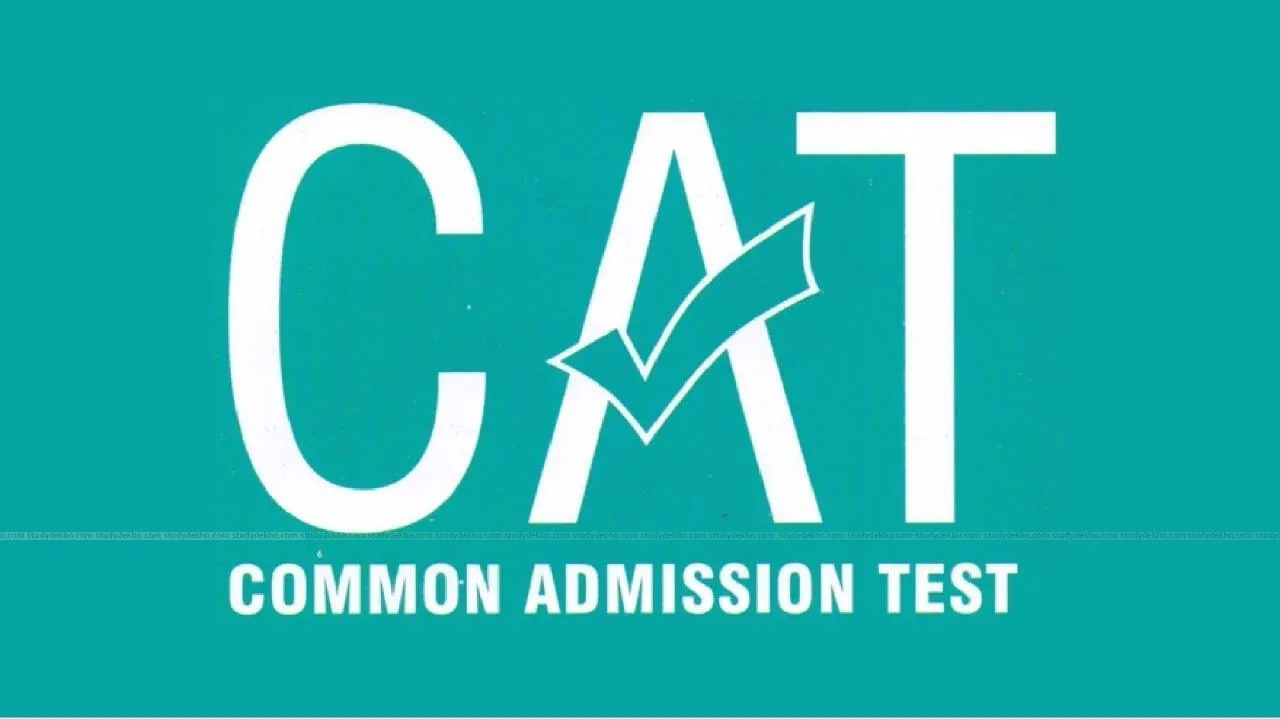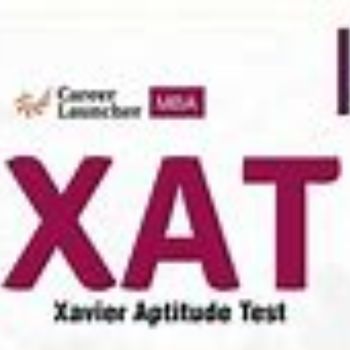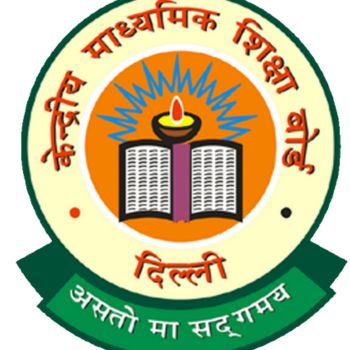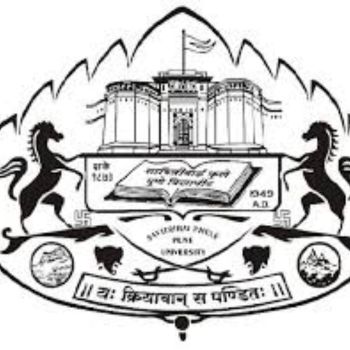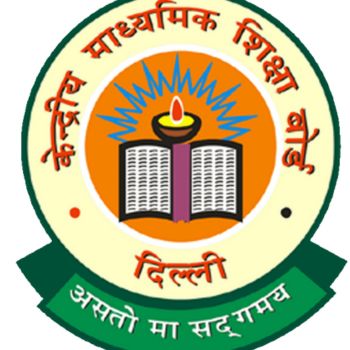BA Mass Communication is a three-year program that aims to impart theoretical and practical skills to students, enabling them to work in the dynamic media world. The BA Mass Communication syllabus encompasses conceptual areas of journalism, theories of communication, reporting, photography, audio-visual communication, and media law. The BA Mass Communication subjects are Political Science, Basic Sociology, and the history of Indian cinema, and then venture into advanced subjects such as digital marketing, feature writing, media management, and the use of new media.
The BA Mass Communication syllabus focuses on interactive learning and contains practical practices, such as internships, projects, and other ways of providing students with practical skills and skills in news writing, digital content creation, and broadcast journalism. Modern media trends are reflected in the curriculum, as well, by including digital journalism, social media, and multimedia storytelling modules. The graduates are also well equipped with various roles in media houses, advertising agencies, as well as public relations, and they are just right to fit in due to the emerging environment of mass communication
Table of Contents
BA Mass Communication Syllabus (Semester-wise)
The BA Mass Communication syllabus provides an in-depth formulation of the elementary theories, practical applications, and specialized studies of the media and communication. The BA Mass Communication syllabus at Kurukshetra University is given below.
BA Mass Communication Syllabus at a Private College
The BA Mass Communication syllabus in a private college is normally structured in six semesters, and it integrates some theoretical background with real-life skills, whose application is in the media industry. The BA Mass Communication subjects prepare the candidates for higher studies like MA Communication or PhD Journalism and Mass Communication. The BA Mass Communication syllabus at the University of Goa is given below.
BA Mass Communication Exam Pattern
The BA Mass Communication exam pattern at Kurukshetra University includes an external as well as an internal examination. In every theory paper, the end-term exam will be given a weightage of 70% (70 marks), whereas 30% (30 marks) will be given to the internal assessment. The internal exam includes the practical papers. Class participation, presentation, as well as mid-term tests form the basis of internal assessment. The table provided below will help in better understanding.
BA Mass Communication Syllabus FAQs
What are the BA Mass Communication jobs candidates can opt for after completing the course?
Upon graduation, graduates can opt to work in print as well as electronic media in several capacities, such as news reporters, journalists, content writers, editors, public relations executives, advertising, radio or television producers, photojournalists, and electronic content managers, among other capabilities.
What courses are available to study after a BA in Mass Communication at a higher level?
The graduates have the option of furthering to a master's degree programme in Mass Communication, Journalism, Advertising, Public Relations, Digital Media, or other specialized certifications such as content creation or film studies, or digital marketing, and this further increases the employment chances and experience.
Which are the best BA Mass Communication colleges in India?
Some of the best BA in Mass Communication colleges are Delhi University, Symbiosis Institute of Media and Communication (Pune), Christ University (Bangalore), Jamia Millia Islamia (Delhi), and St. Xavier's College (Mumbai), which provide high academic and practical learning circles and strong programmes.
What are the BA Mass Communication eligibility criteria?
Generally, the colleges require students who have passed the Higher Secondary School Certificate (HSSC) examination. It is usually carried out based on merit with an emphasis on scholastic performance and language skills, particularly English.
What is the difference between BA Mass Communication and BA Journalism?
Although the two majors seek to study the media, BA mass communication has a wider curriculum that covers advertising, PR, online communication, and media research, making it more comprehensive as compared to BA journalism, which is more focused and local news reporting, news editing, and journalistic work.
